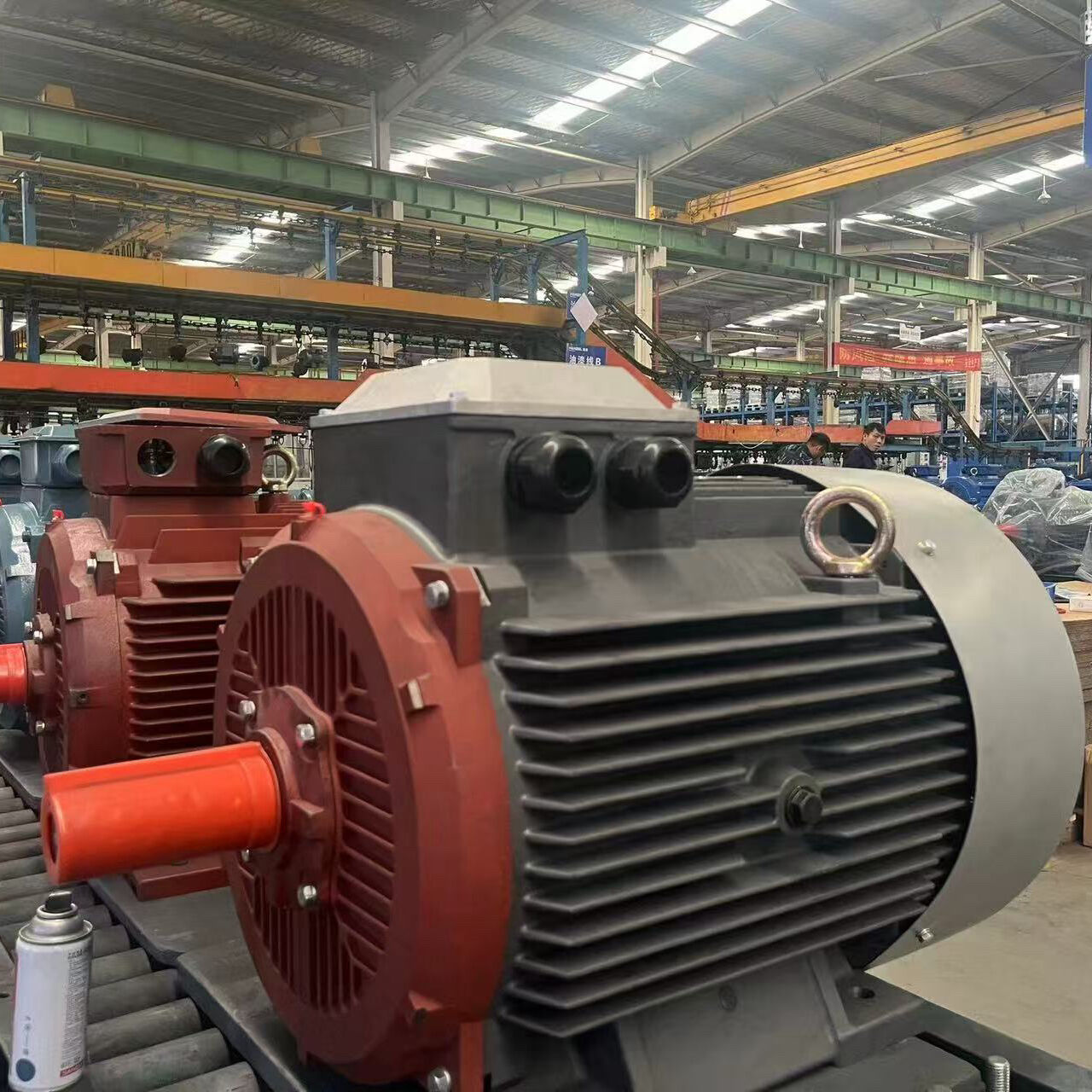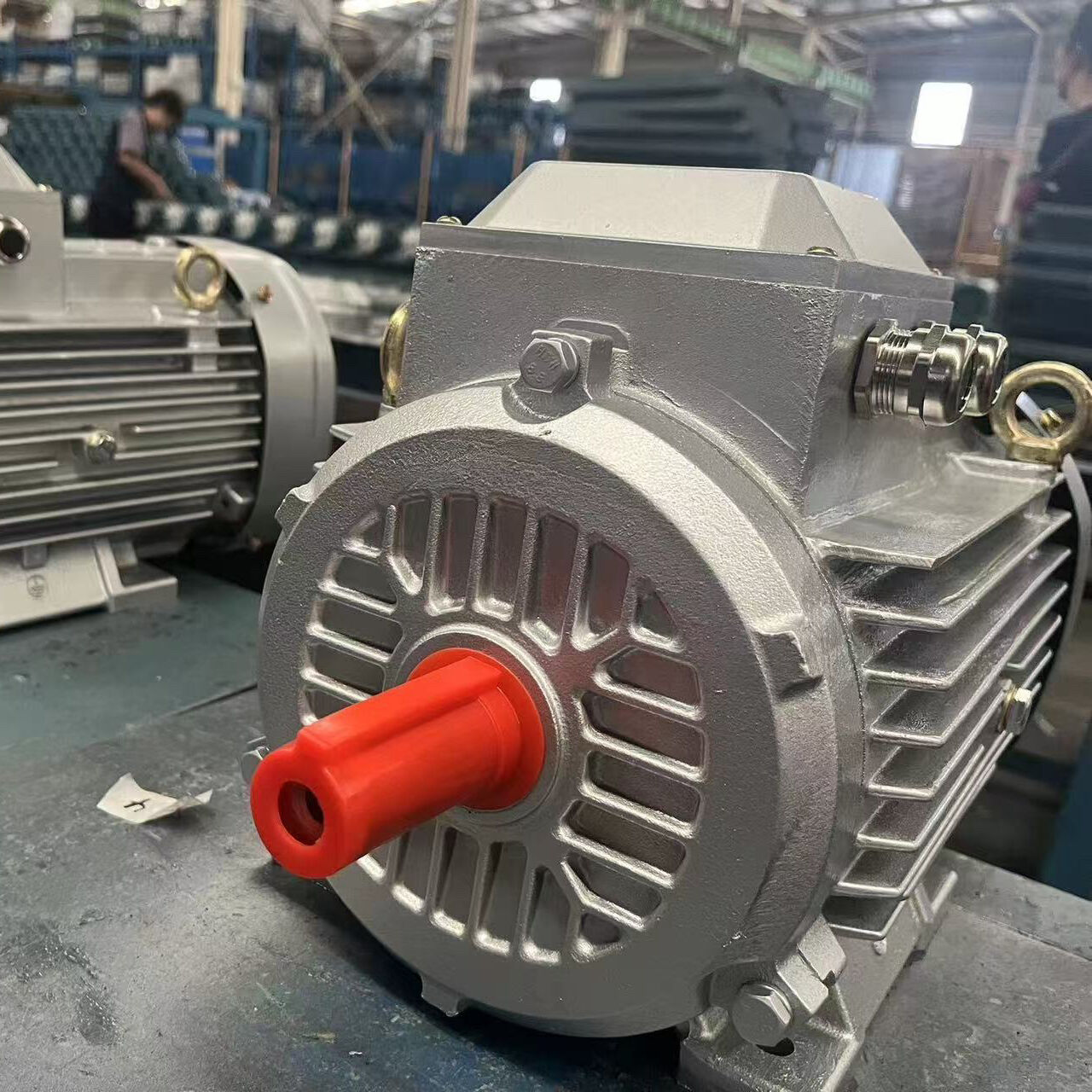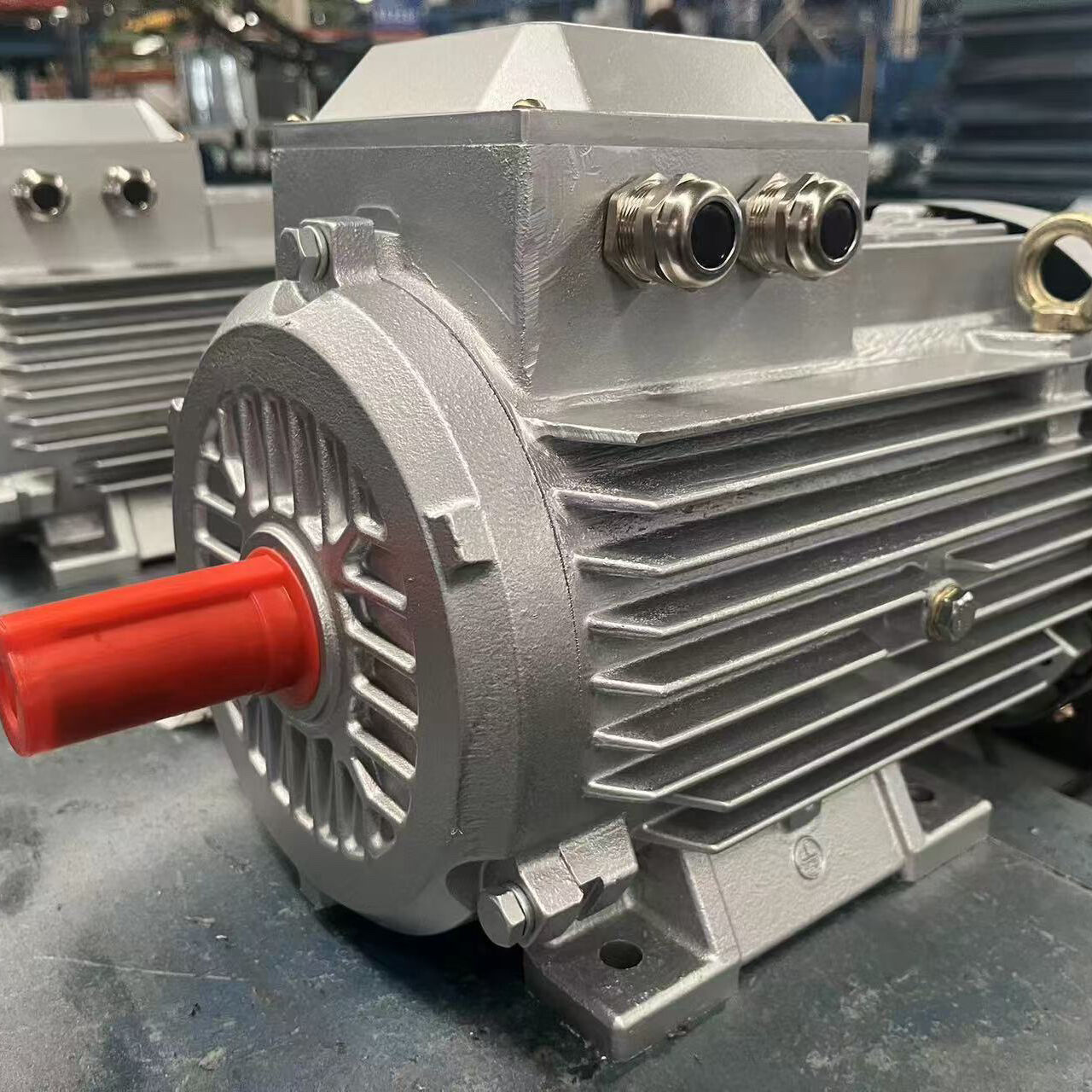ac synchronous machine
The AC synchronous machine stands as a cornerstone of modern electrical power systems, representing a sophisticated electromechanical device that operates at synchronous speed with the power supply frequency. This versatile machine functions as both a generator and motor, making it indispensable in various industrial applications. At its core, the AC synchronous machine consists of a stator containing three-phase armature windings and a rotor with DC field windings that create a magnetic field. The fundamental principle involves the interaction between the rotating magnetic field produced by the stator and the DC field created by the rotor, resulting in synchronized operation. The machine maintains constant speed regardless of load variations, a characteristic that sets it apart from other electrical machines. In power generation applications, these machines serve as primary generators in power plants, converting mechanical energy from turbines into electrical power. When used as motors, they excel in high-power industrial applications requiring precise speed control and power factor adjustment capabilities. Modern AC synchronous machines incorporate advanced features such as digital excitation control systems, sophisticated cooling mechanisms, and enhanced bearing designs for improved reliability. Their ability to operate at various power factors makes them particularly valuable in power factor correction and grid stability applications. The efficiency of these machines typically ranges from 95% to 98%, making them highly economical for continuous operation in industrial settings.



